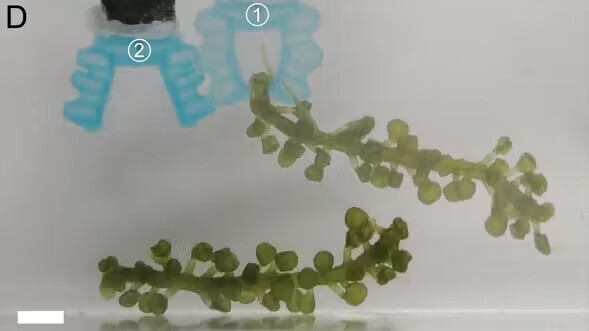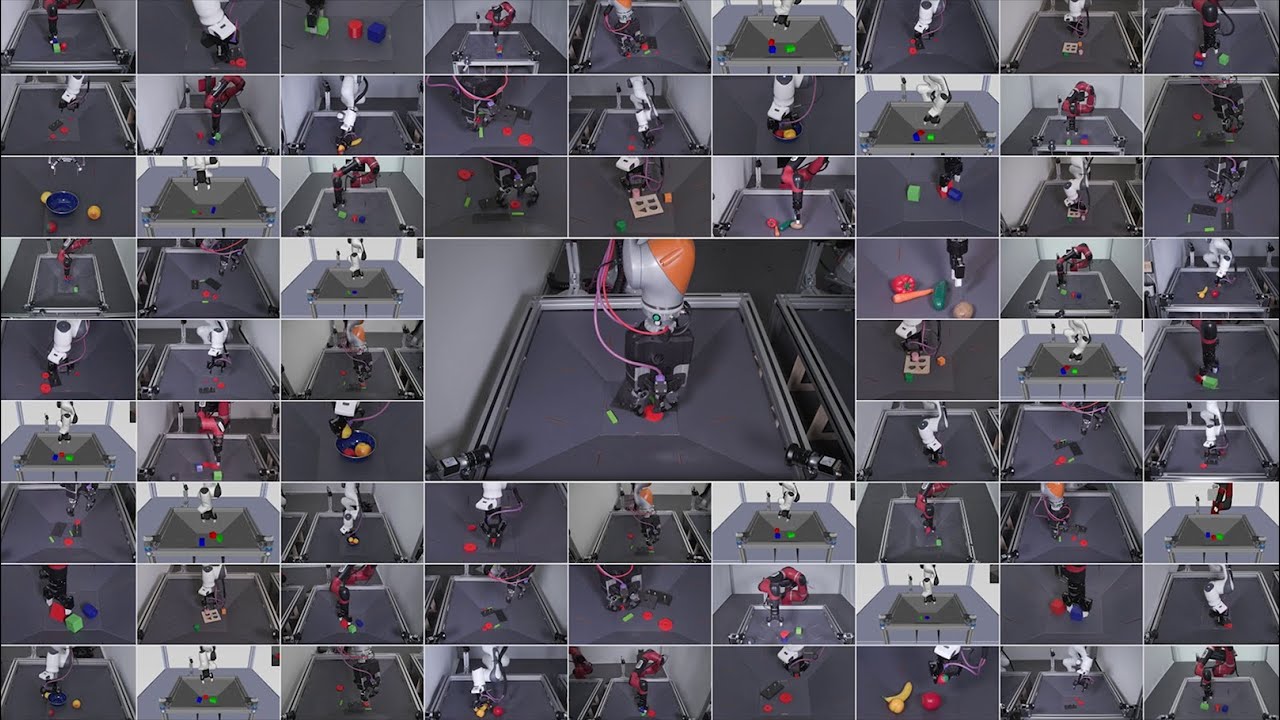
The Robotics Roundup is a weekly newspost going over some of the most exciting developments in robotics over the past week.
In today’s edition we have:
- Robots learn to perform chores by watching YouTube
- The Green Machines of Marine Robotics
- RoboCat: A self-improving robotic agent
- Should robots always tell the truth?
- Building a better The Star Wars AT-AT toy
Robots learn to perform chores by watching YouTube
Learning has long been a goal in robotics, and researchers are exploring various solutions to enable robots to adapt and learn in unpredictable environments. One intriguing approach is using video demonstrations to train robotic systems. CMU Robotics Institute has developed VRB (Vision-Robotics Bridge), an evolution of their previous algorithm WHIRL. VRB uses videos of humans performing tasks to teach robots how to perform the same tasks. The updated system no longer requires the human demonstration to be in the exact operating environment of the robot. The robot analyzes key information from the videos, such as contact points and trajectory, to understand how to perform a task. For example, by watching humans open drawers, the robot can learn how to open any drawer.
The Green Machines of Marine Robotics

The modern trend towards disposable electronics has significant negative environmental impacts. The accumulation of electronic waste, poses significant risks due to improper disposal and the presence of hazardous substances. Additionally, the extraction of raw materials for manufacturing disposable electronics contributes to environmental destruction and resource depletion. Researchers at Carnegie Mellon University have made progress in addressing these concerns by developing biodegradable actuators using seaweed-based bio-ink. These actuators, are water-tight structures that can perform soft grasping tasks. They are ideal for marine applications and degrade safely within a week, posing no harm to marine animals.
While this innovation is a step in the right direction, there is still ongoing research to optimize the printing process and assess long-term durability. The ultimate goal is to build entire robotic systems using environmentally-friendly and biodegradable materials, further reducing the environmental impact of electronics.
RoboCat: A self-improving robotic agent
RoboCat is an AI agent for robotics that learns to perform various tasks across different robotic arms and improves itself through self-generated training data. It combines language processing, image recognition, and action understanding in both simulated and physical environments.
Initially trained on a diverse dataset of sequences of images and actions from different robot arms solving hundreds of tasks, RoboCat enters a self-improvement training cycle for new tasks. The cycle involves collecting demonstrations of a new task, fine-tuning a specialized spin-off agent, practicing the task with self-generated data, incorporating the data into the training dataset, and training a new version of RoboCat. With this training approach, RoboCat learns faster than other models and can adapt to new tasks with as few as 100 demonstrations
Should robots always tell the truth?
As robots become more and more integrated into our lives, especially in situations where we expect them to act like humans it will become important for us to answer some important questions about how robots should handle complex social situations.
Building a better The Star Wars AT-AT toy
YouTube James Bruton has developed a freestanding, fully articulated AT-AT robot toy, bringing the dreams of millions of kids across the world to life.


